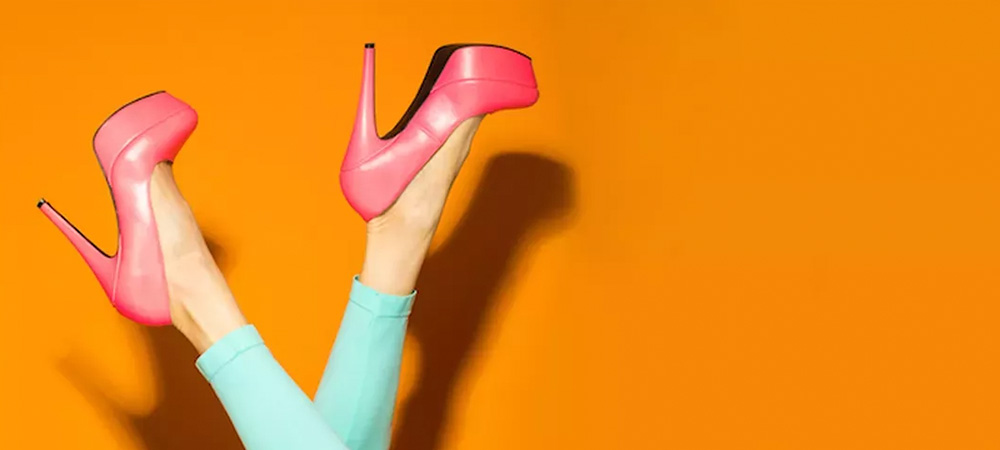While surgery is the only way to correct a bunion once it forms, there are steps you can take to alleviate pain and improve comfort. When that’s not enough, discuss surgery with a foot and ankle specialist.
Many women who wear high heels have a passion for fashion, but sometimes this passion can turn into pain. While heels aren’t known for providing comfort, if you have bunions, heels can make the situation worse. High heel shoes don’t directly cause bunions but wearing them regularly can worsen bunion pain.
At Inspire Health Clinics in South Jordan, Utah, foot and ankle specialist Dr. Matthew Graff, DPM, provides comprehensive foot and ankle care, including diagnosing and offering solutions for common issues such as bunions. If you’re dealing with these bony bumps that tend to form on the base of the big toe, continuing to wear high heels can make matters worse. Read on to learn how high heels affect bunions and what you can do about it.

What are bunions?
Bunions are bony growths that develop most commonly on the big toe joint. This foot problem disproportionately impacts women, and while genetics play a role, once you do develop a bunion, the shoes you wear can have an impact on pain and the progression of this deformity.
It helps to understand how bunions form. A bunion happens when pressure on the big toe joint (metatarsophalangeal) causes the toe joint to move out of alignment. The first metatarsal bone of the foot turns outward while the big toe points inward causing the joint to stick out. This happens gradually over the course of years in most cases.
Injuries to the foot and damage from conditions like rheumatoid arthritis can cause bunions. More often however, it occurs because of the structure of your foot. Some people have a foot structure that increases the likelihood of developing bunions.
Choosing shoes
While it’s best to avoid high heel shoes when you’re dealing with bunions, you can still put your best foot forward when it comes to shoe selection. You don’t have to throw out all your heels; it’s okay to wear heels for short periods, but keep in mind that high heels place your feet in an unnatural position and contribute to bunion pain.
Putting added pressure on your toes is bad news for people with bunions. When you do wear heels, it’s best to avoid wearing shoes with heels over two inches in height. Additionally, choosing wedges with a supportive midsole can help alleviate bunion pain. Go for a wider shoe with good built-in support.
Take breaks from heels
It’s important to take regular breaks from heels. Start by wearing flat shoes for a week and keeping a close eye on your pain level. Adding some brief stretching into your regular day can also help relieve foot discomfort. At the end of the day, try some foot stretches for a few minutes.
Even if you select the correct shoes, you may require some inserts to alleviate the pain. Dr. Graff can recommend inserts with robust support. Additionally, you might opt for special bunion pads that adhere directly to the bunion. These do not treat bunions but may alleviate pain at the point where your shoe contacts your bunion.
If non-surgical options fail to bring adequate relief, Dr. Graff offers surgical treatment to restore the structure and function of your big toe. To learn more about how we can help you get relief from bunion pain, give us a call to schedule a visit with Dr. Graff. New and existing patients can also request an appointment using our online booking form.






